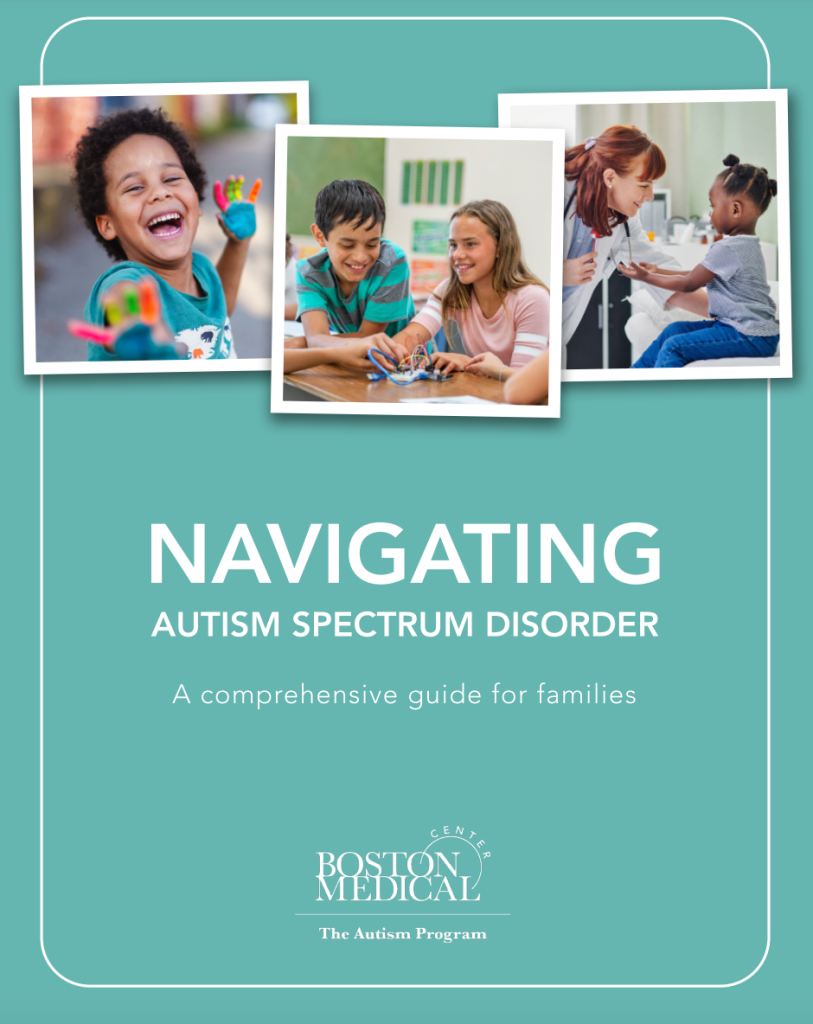Navigating autism involves a multidimensional trip encompassing knowledge, support, and advocacy. For persons on the autism variety, and their own families, that voyage often starts with the pursuit of knowledge. Understanding the initial challenges and benefits related to autism is crucial. It requires realizing the diverse ways in which autism manifests, appreciating physical sensitivities, and acknowledging the significance of routine in everyday life.
Help plays a pivotal position in the navigation process. Early intervention programs, beneficial interventions, and academic support are essential components. Individuals and caregivers are important allies, giving a network of understanding and assistance. The concept of neurodiversity, emphasizing the worthiness of varied neurological activities, plays a central position in the support paradigm. Encouraging acceptance and understanding of neurodivergent perspectives fosters an setting where people with autism can thrive.
Advocacy is important to navigating the issues related to autism. It requires promoting awareness, dispelling misconceptions, and ensuring use of ideal methods and accommodations. Advocates function towards making inclusive settings in instructional institutions, workplaces, and communities. This involves complicated societal norms, fostering acceptance, and championing the rights of people with autism to live fulfilling lives.
The sensory activities of those on the autism range enjoy a significant role within their navigation journey. Sensory-friendly situations, designed to allow for unique sensitivities, promote comfort and minimize stress. Methods such as for instance visual schedules and cultural stories aid in planning persons for new activities, fostering a feeling of predictability in their surroundings.
Knowledge is just a cornerstone of moving autism. It requires not just teaching people who have autism but additionally creating awareness among associates, educators, and the community at large. Knowledgeable and empathetic educators enjoy a critical role in providing inclusive academic experiences, fostering an environment wherever neurodivergent students can flourish.
Connection lies in the centre of navigating autism. Augmentative and alternative communication (AAC) techniques, including aesthetic supports and technology-assisted communication devices, empower individuals with autism to state themselves effectively. That promotes social interaction, advances independence, and reduces stress connected with transmission challenges.
Changing through various life phases involves cautious navigation for people who have autism. Including the move from youth to adolescence, and eventually in to 44300do075_2015 survey of disability ageing and carers autism in australia . Help structures must evolve to generally meet adjusting needs, encompassing training, employment, and separate living skills.

To conclude, moving autism is an extensive and energetic method concerning understanding, support, and advocacy. It is a trip that needs a combined energy from individuals on the autism selection, their loved ones, teachers, and culture at large. By fostering an inclusive and accepting atmosphere, we can make sure that people who have autism not just navigate their challenges but also succeed and contribute meaningfully to the rich tapestry of human diversity.